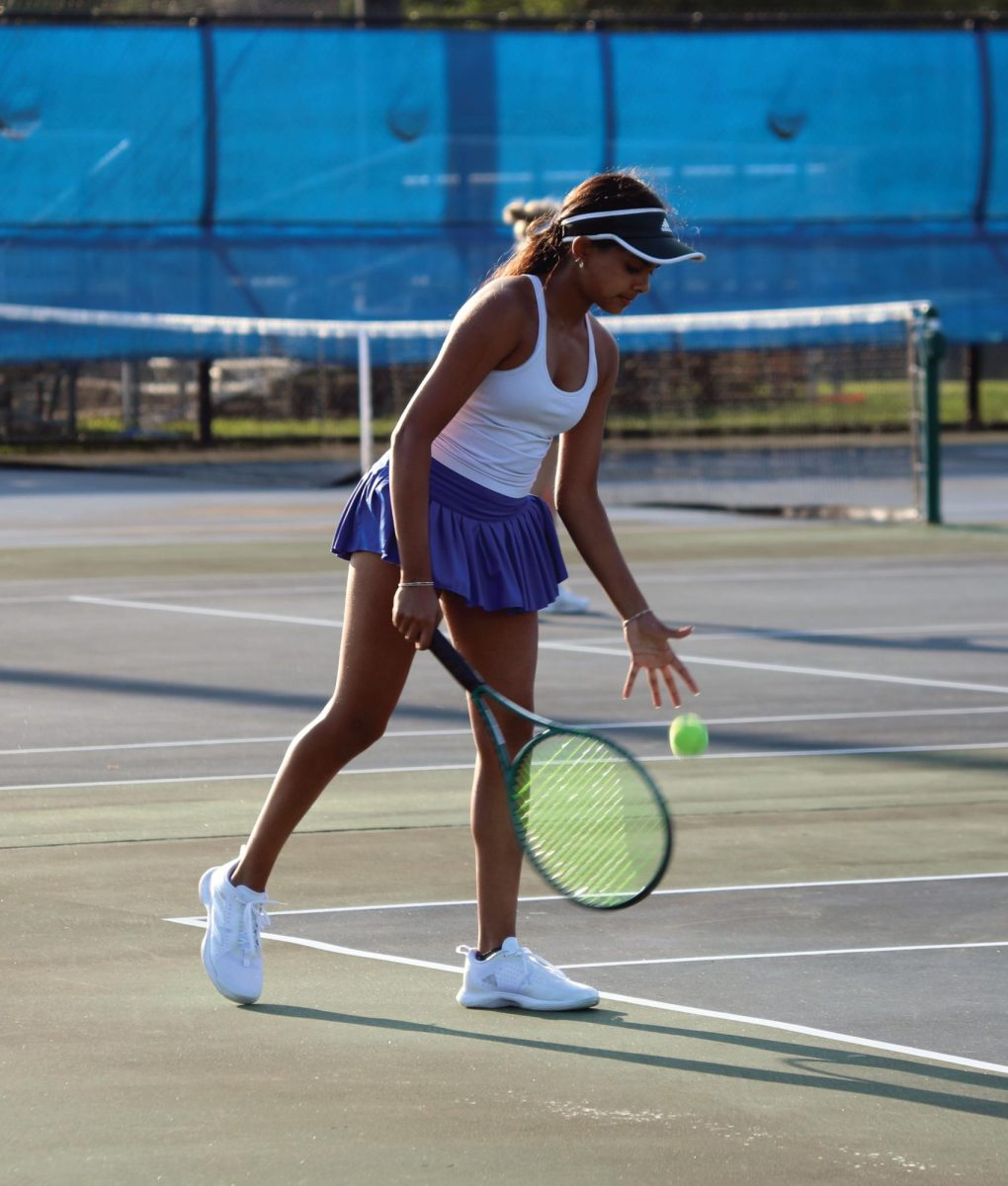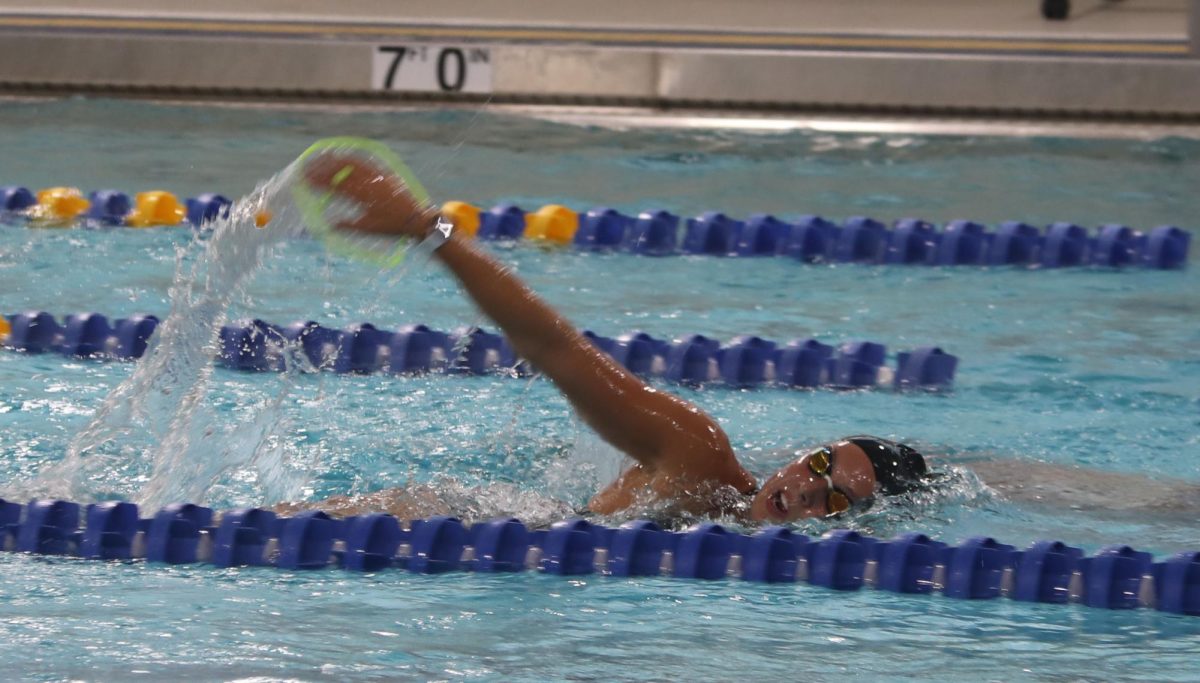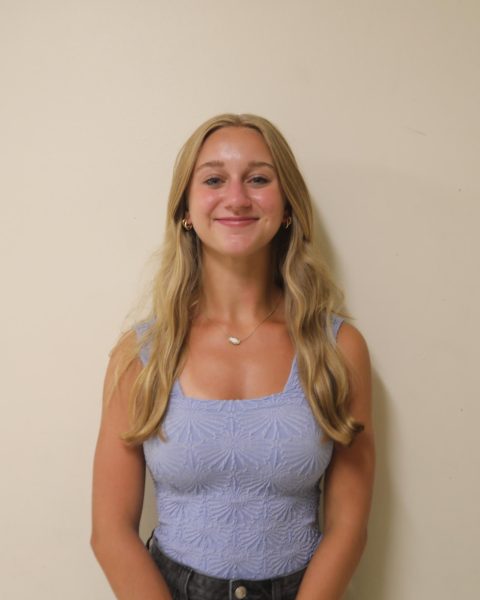Over six months ago, the LT Board of Education unanimously voted to minimize suspension rates with the implementation of Restorative Intervention Rooms (RIR) into the schools Student Discipline Policy. As the start of the 2024-25 school year began, this new program has already been utilized to proactively equip students on navigating future conflict and spread restorative culture.
“The RIR at each campus enables staff to work with students and their families so that students can accept responsibility for their actions and understand the impact of their behavior on themselves and those around them,” Restorative Intervention Specialist Teriauna Bland said. “This program aims to build upon a restorative culture and community.”
Entering the third month of the academic year, many students, as well as families, remain unaware of the new student discipline program, which has been lightly introduced to LT. The RIR’s are located in room B106 at SC or classroom E in the lower library at NC. They are each operated by a certified specialist and Paraeducator. Students placed in one of the Restorative Intervention Rooms will personally work with the available RIR specialist during the duration of their one- to three-day visit.
“When assigned to the program, we specialists work closely with the student’s counselor, teachers, and school social workers,” Restorative Intervention Specialist Maia Whalen said. “During students’ time in the room, they are expected to work on any school assignments and are able to get help from teachers during their free periods as well as myself or Ms. Bland.”
Whalen and Bland manage the new program by using their backgrounds in social work, counseling, and psychology that has trained them as restorative justice facilitators.
Admittance into the RIR by the assistant principal is done so by a student’s violation of school code, behavior infraction, or misconduct reported to the Student Services Department. Additionally, students in the previous year who experienced suspensions are identified as potential prospects for the program. Depending on the severity of the behavior infraction or misconduct that occurred, a student’s time with the program can last between one to three days before resuming their normal schedule.
“The type of behavior infraction determines the interventions that may happen while the student is in the Restorative Intervention Room,” Whalen said. “For example, if the action was graffiti in the school, then that student may be involved in cleaning that graffiti from the property.” Governing rules of the RIR, which students must adhere to, include no electronic media use and prohibited participation in extracurricular activities or after school events. During a student’s time with the program, they will receive academic support to evaluate an event through restorative thinking or conversation circles that build relationships with peers. Prior to a student’s return to their regular class schedule, they are required to attend a re-entry meeting with the vice principal or a designee.
“Re-entry meetings will be typical for longer placements in the Restorative Intervention Room,” Bland said. “However, the components of re-entry include acknowledgment of the harm, reparation of harm, and goals moving forward expressed to the student’s wider team.”
As the RIR is introduced into the Student Discipline Policy, school officials are reevaluating what serious cases lead to suspensions or expulsions. The higher level of accountability which the new program provides leads LT to believe that a reduction in exclusionary discipline, expulsions and suspensions, will occur. Reducing exclusionary discipline practices results in students gaining more valuable classroom learning and developing a positive association with school.
“We very much want all students to be connected and successful in school,” Whalen said. “The goal is to help students have a great experience at LT in getting the support they need to be successful and feel they truly belong to the community.”

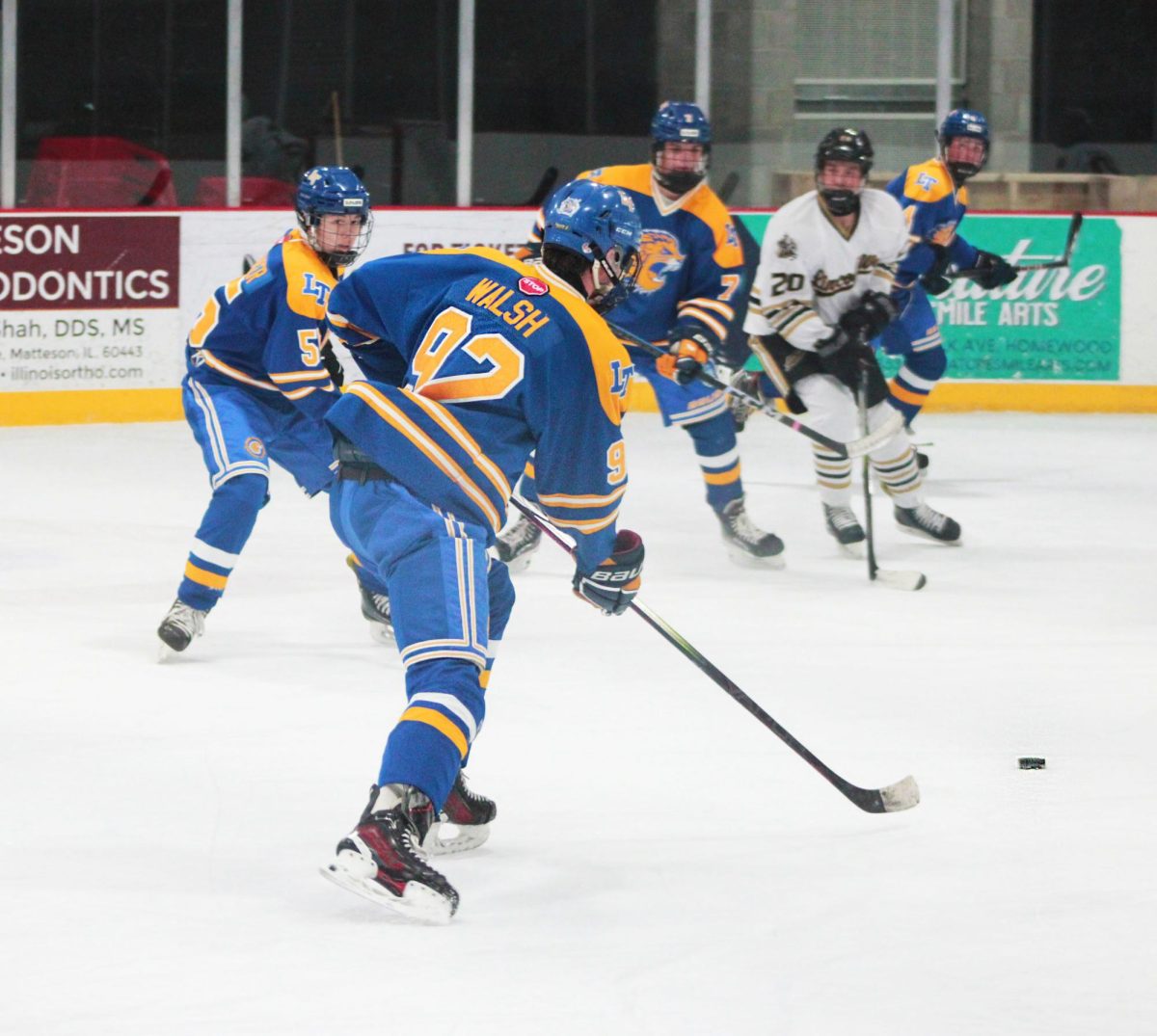
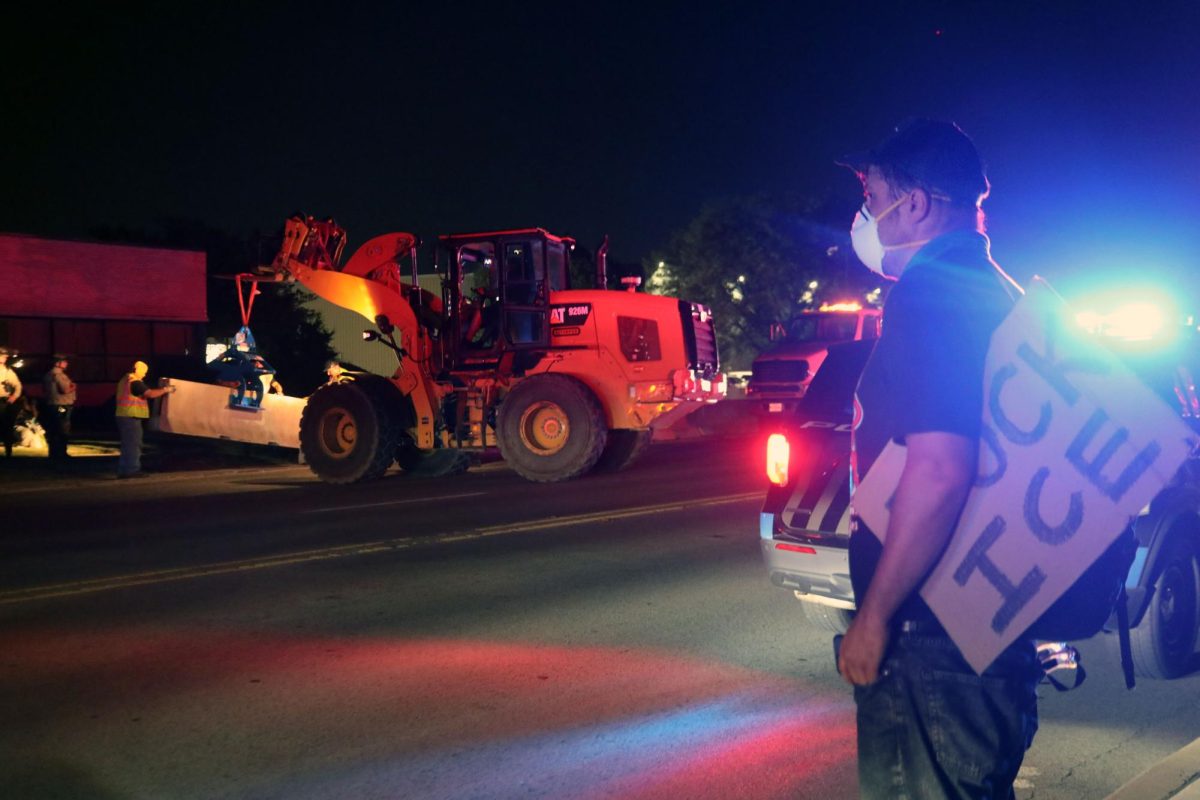
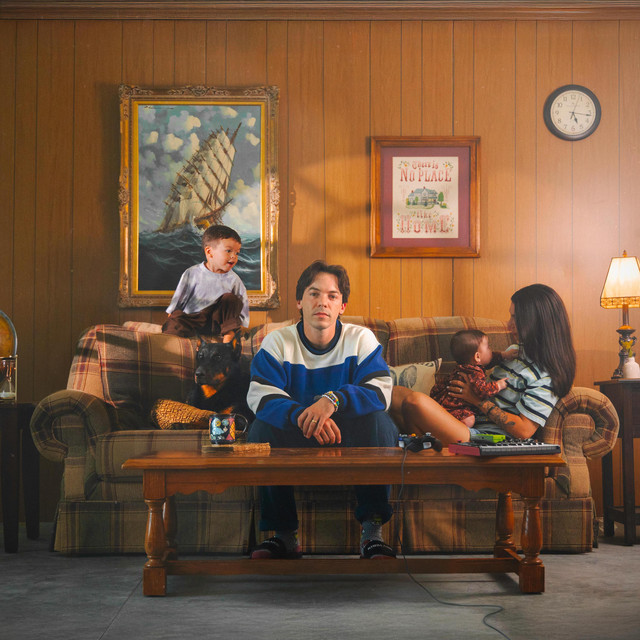

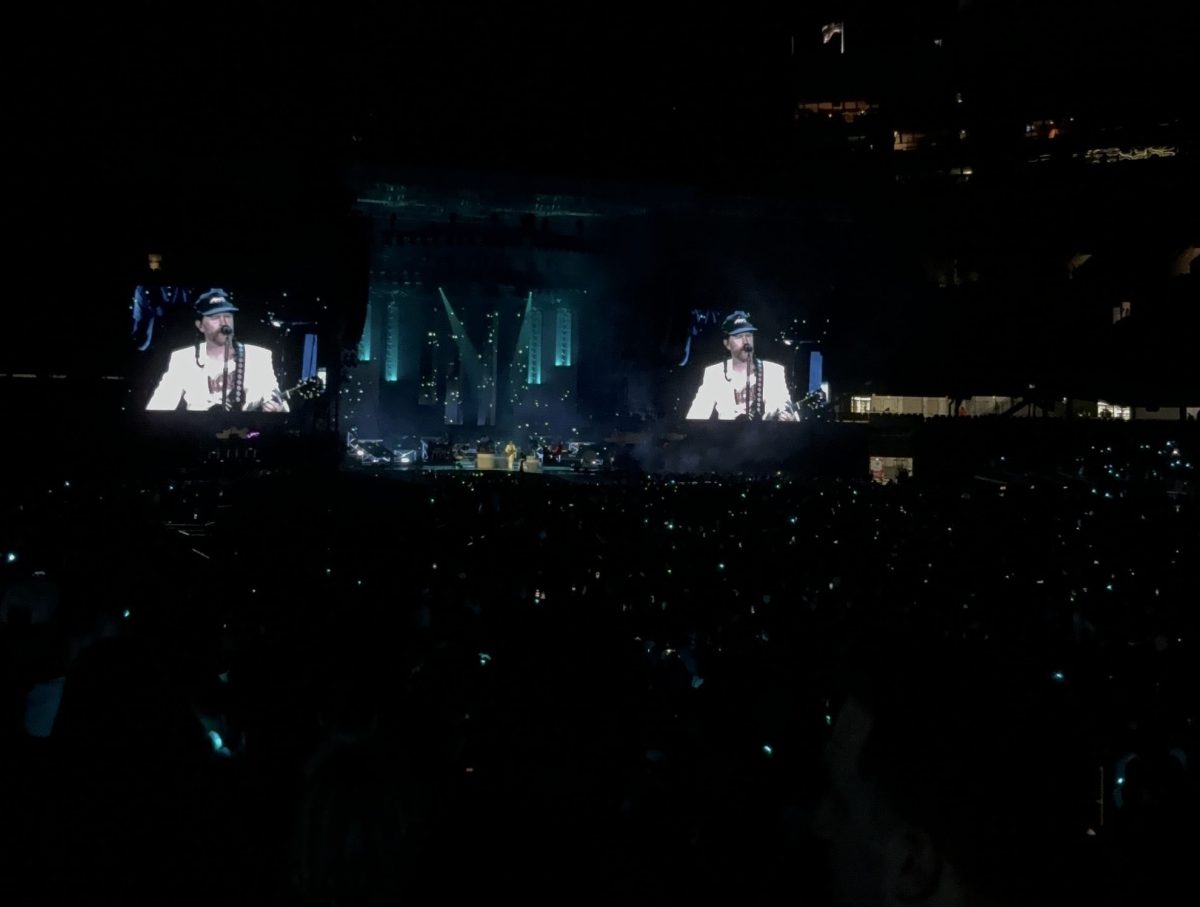
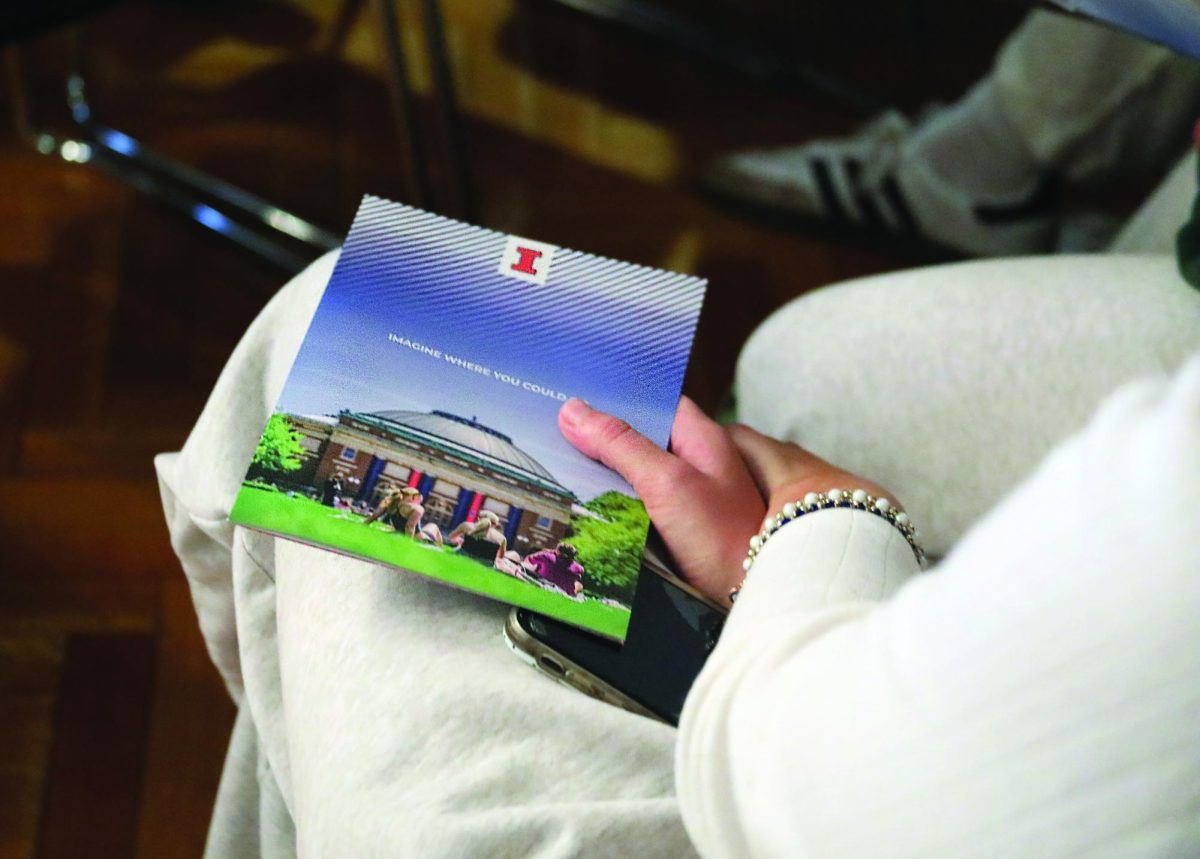
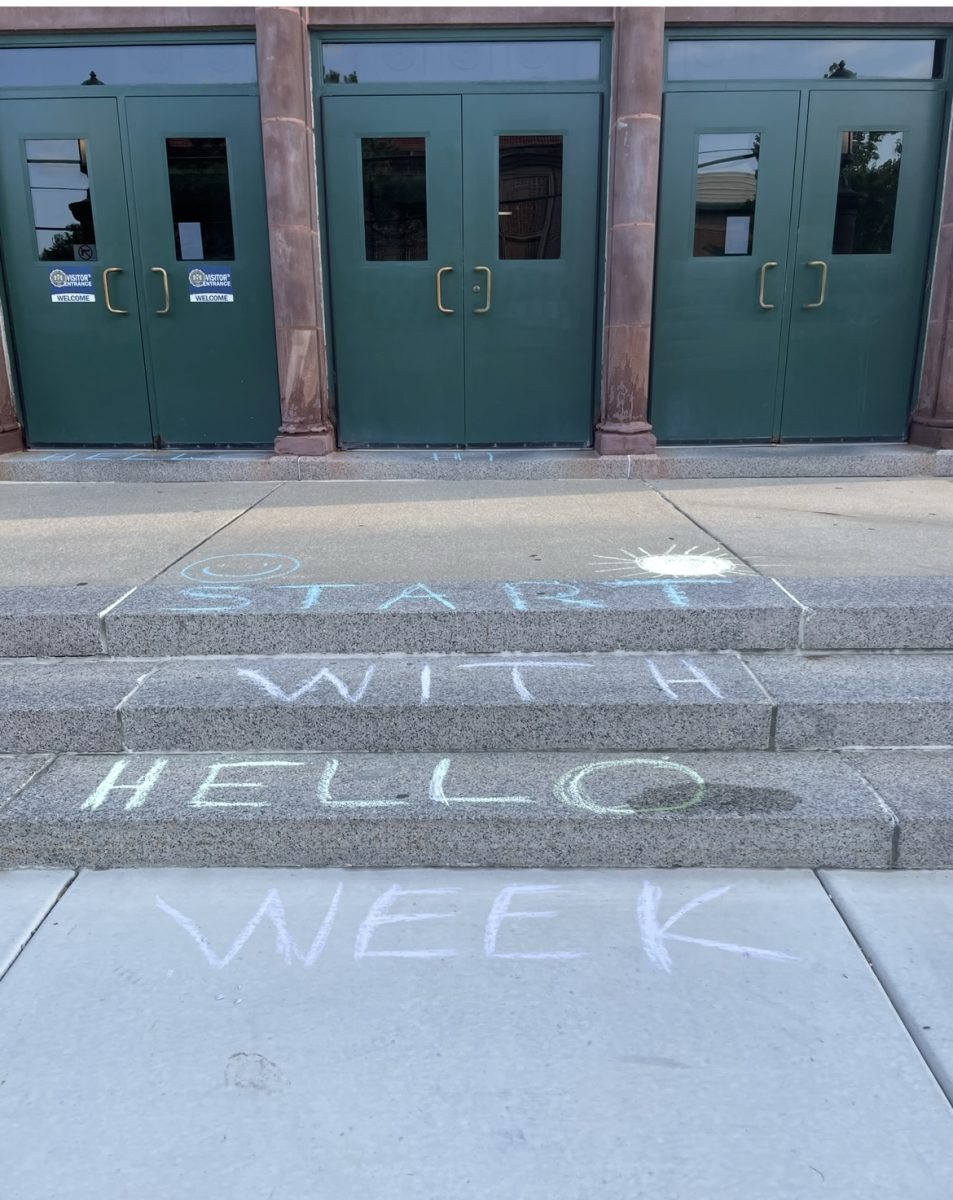

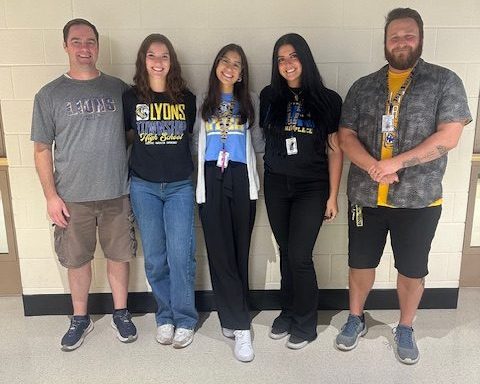
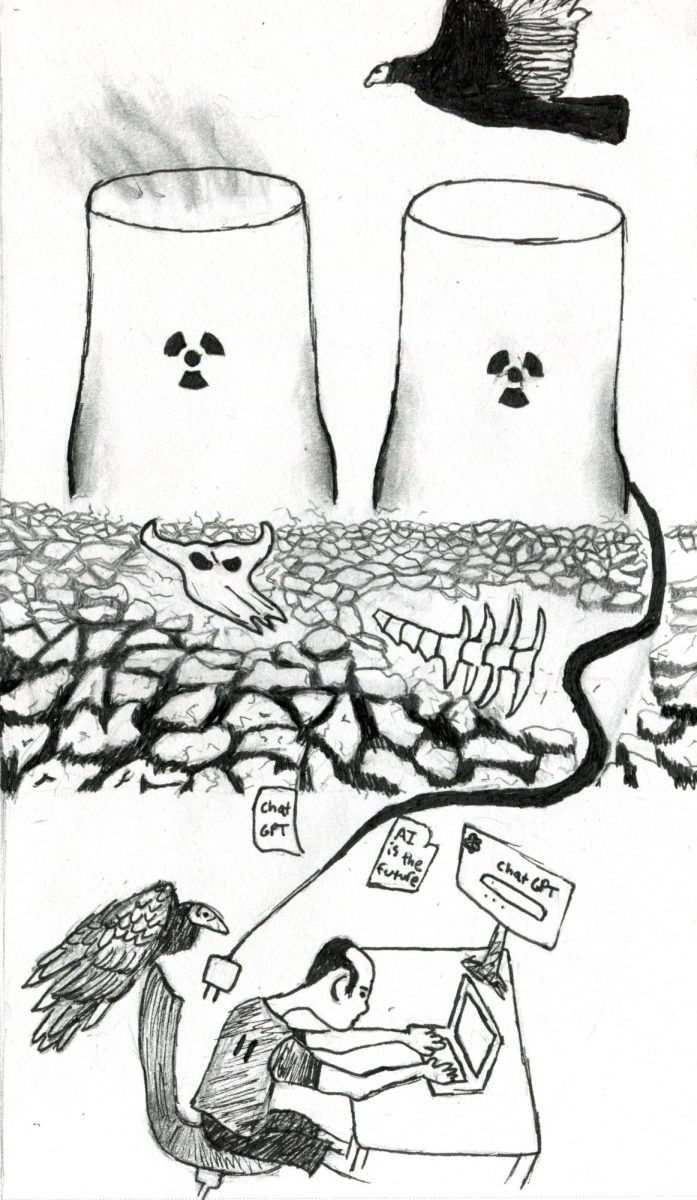
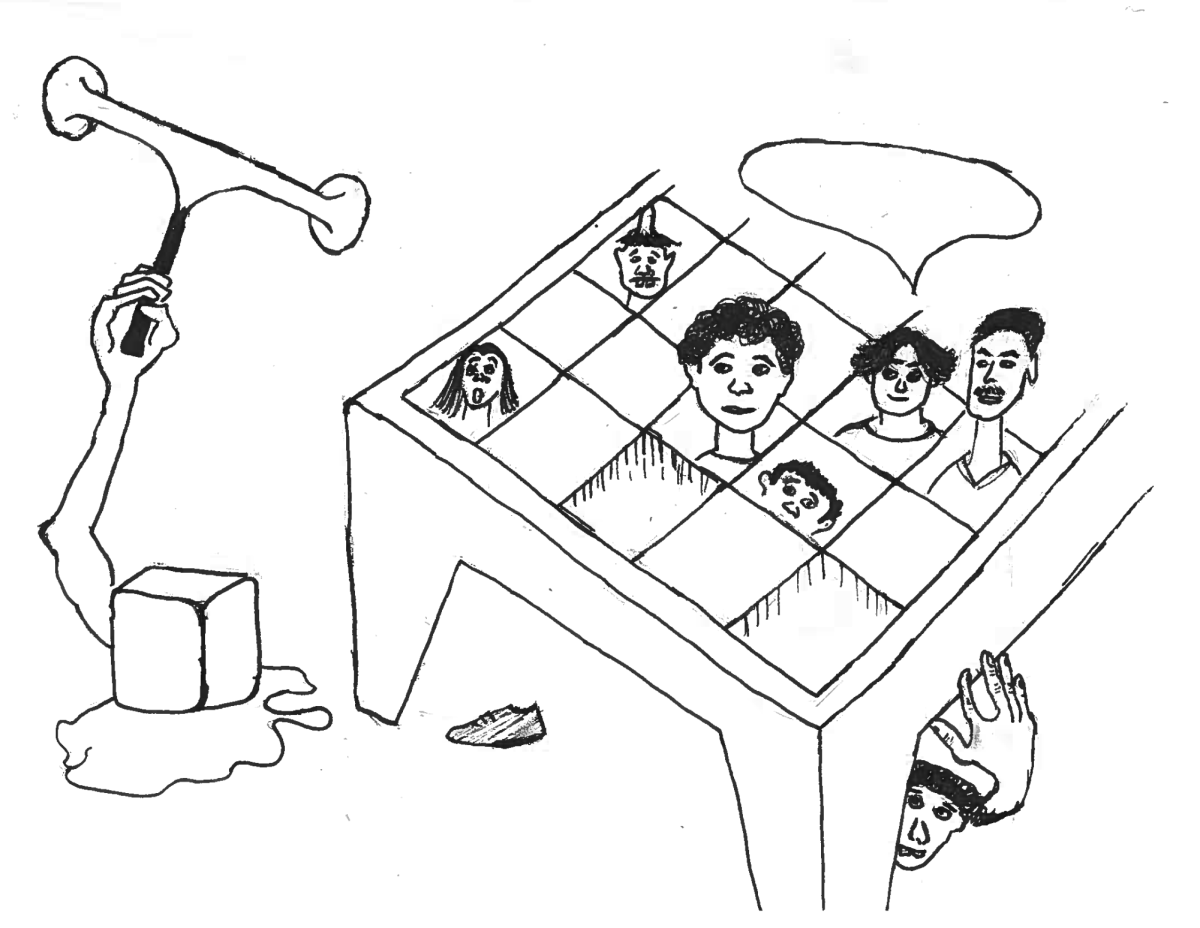
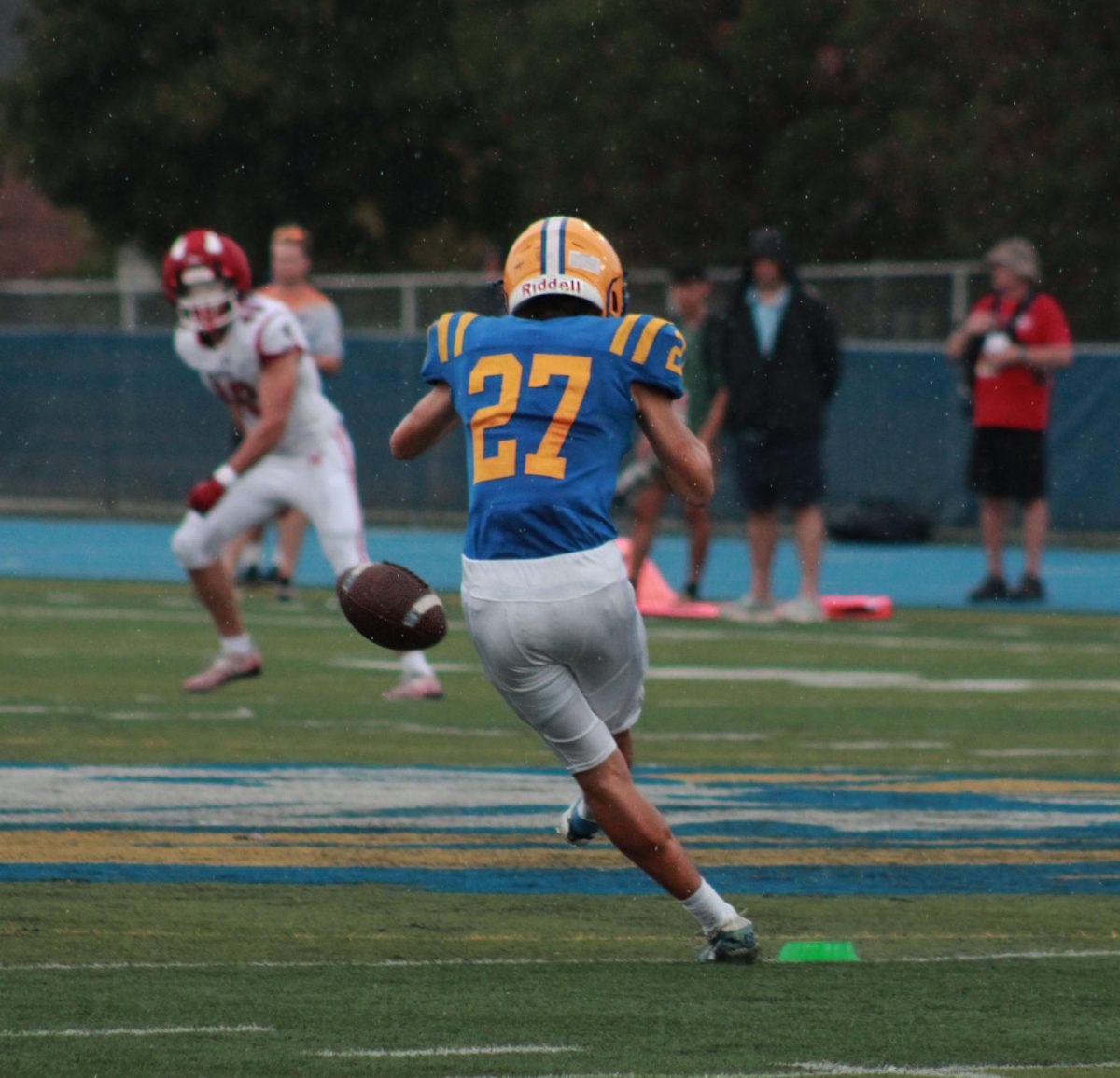
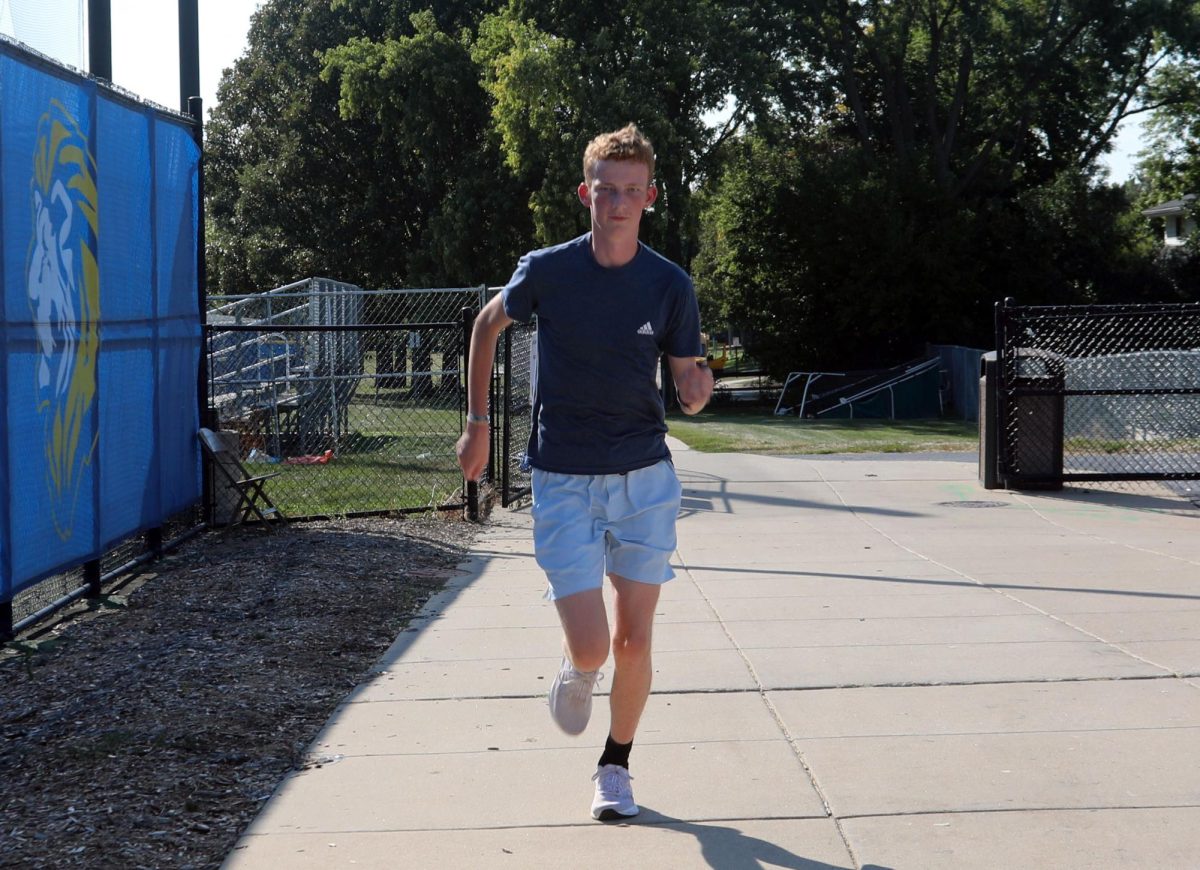
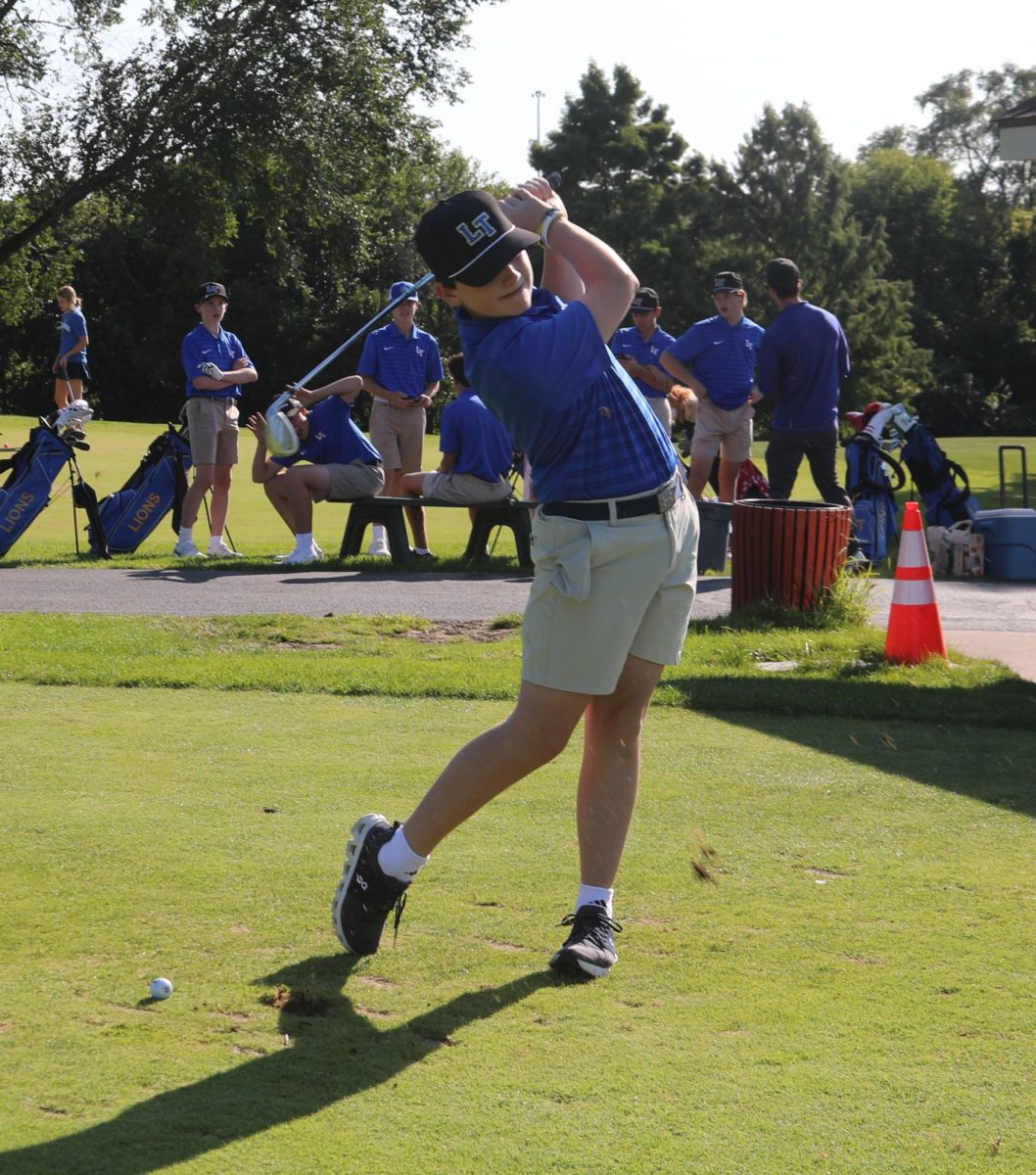
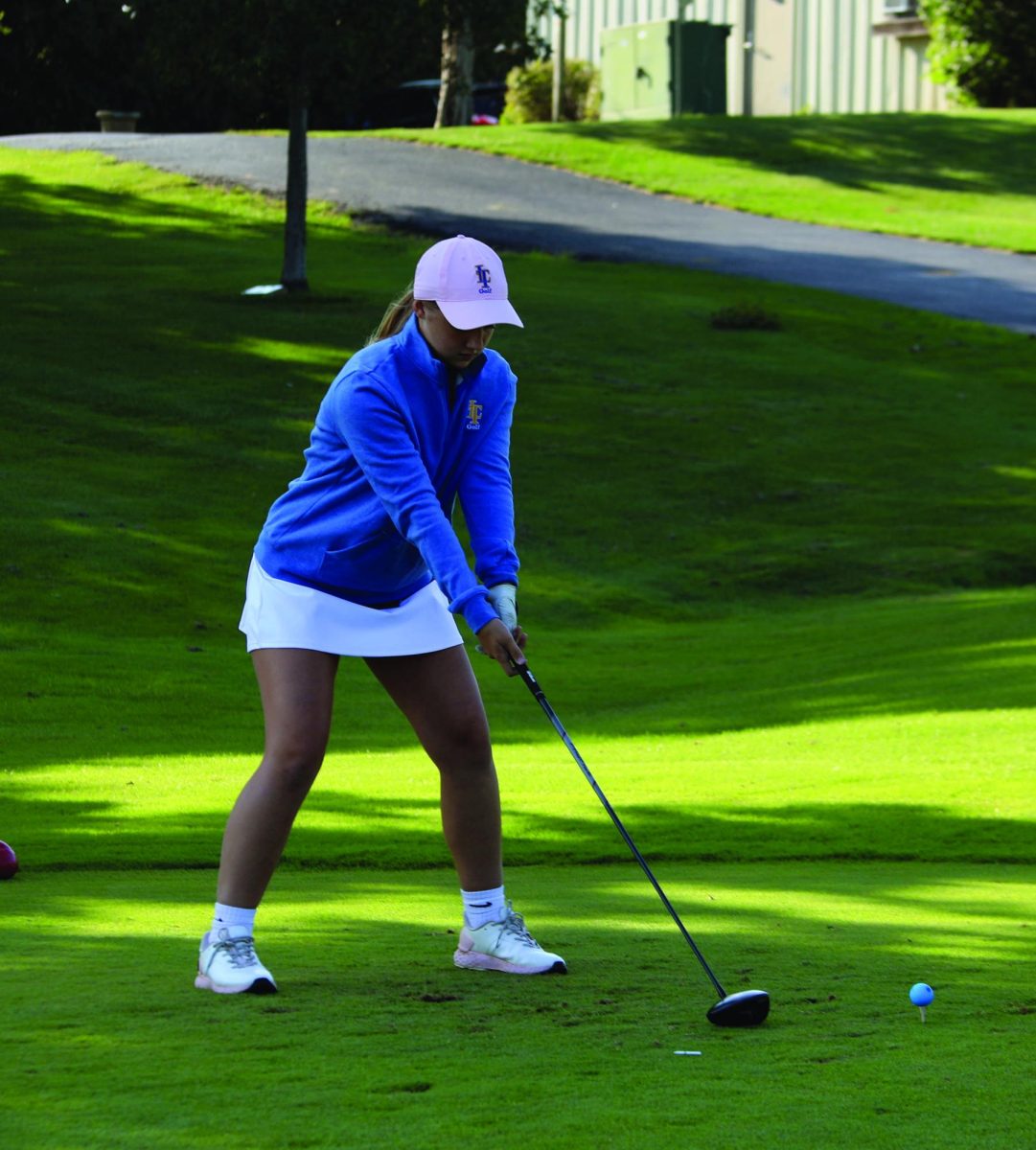

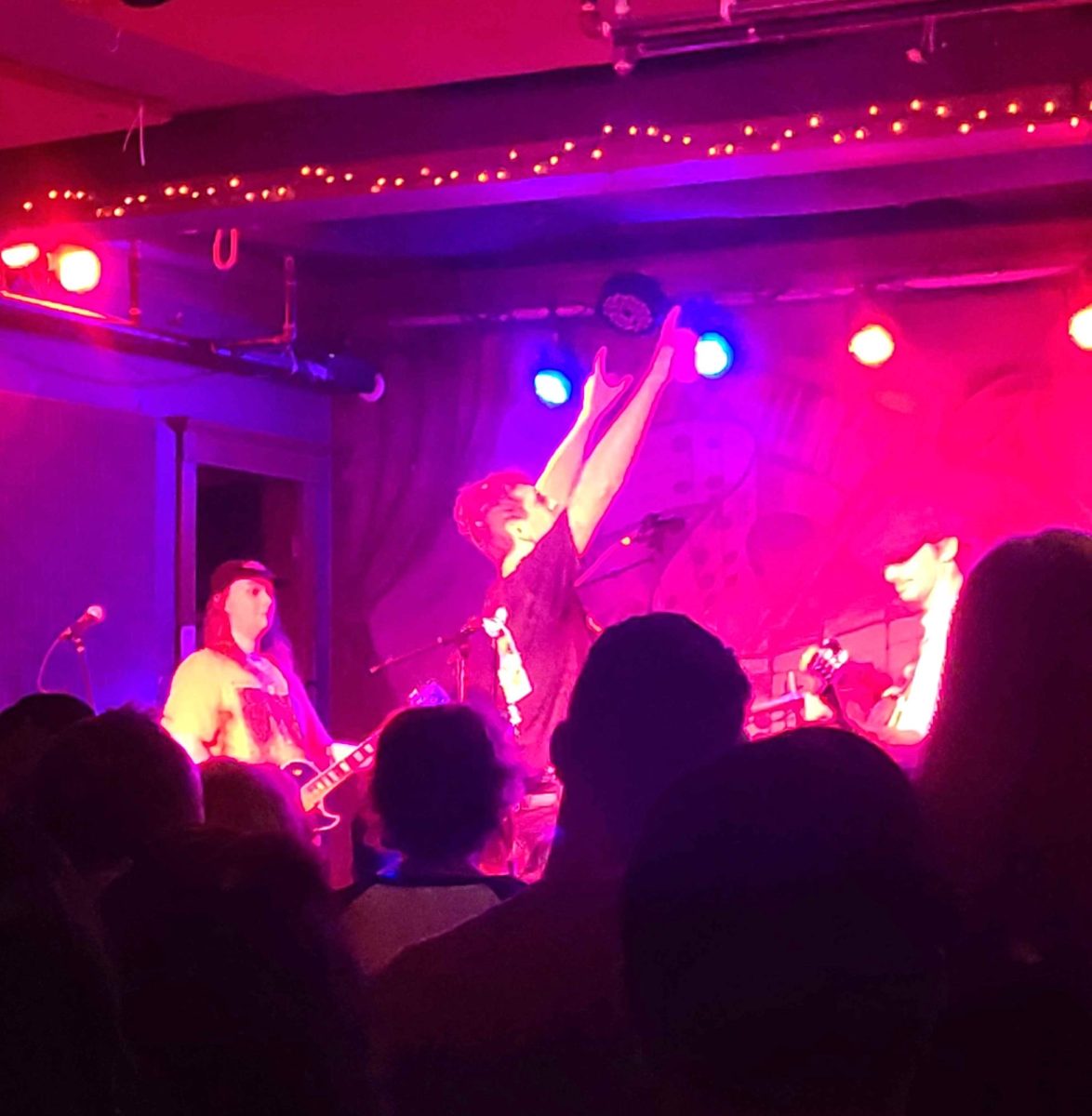
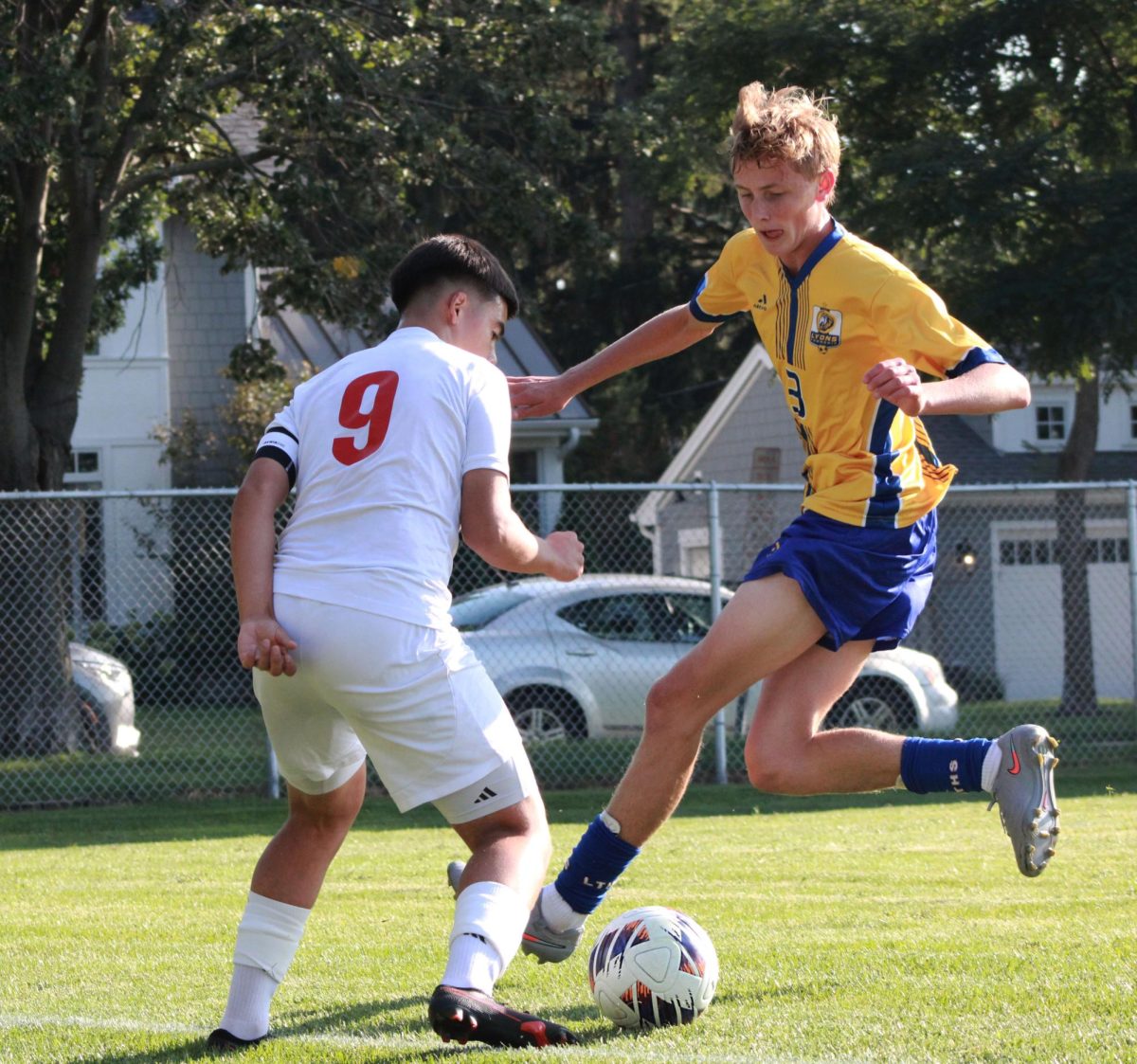
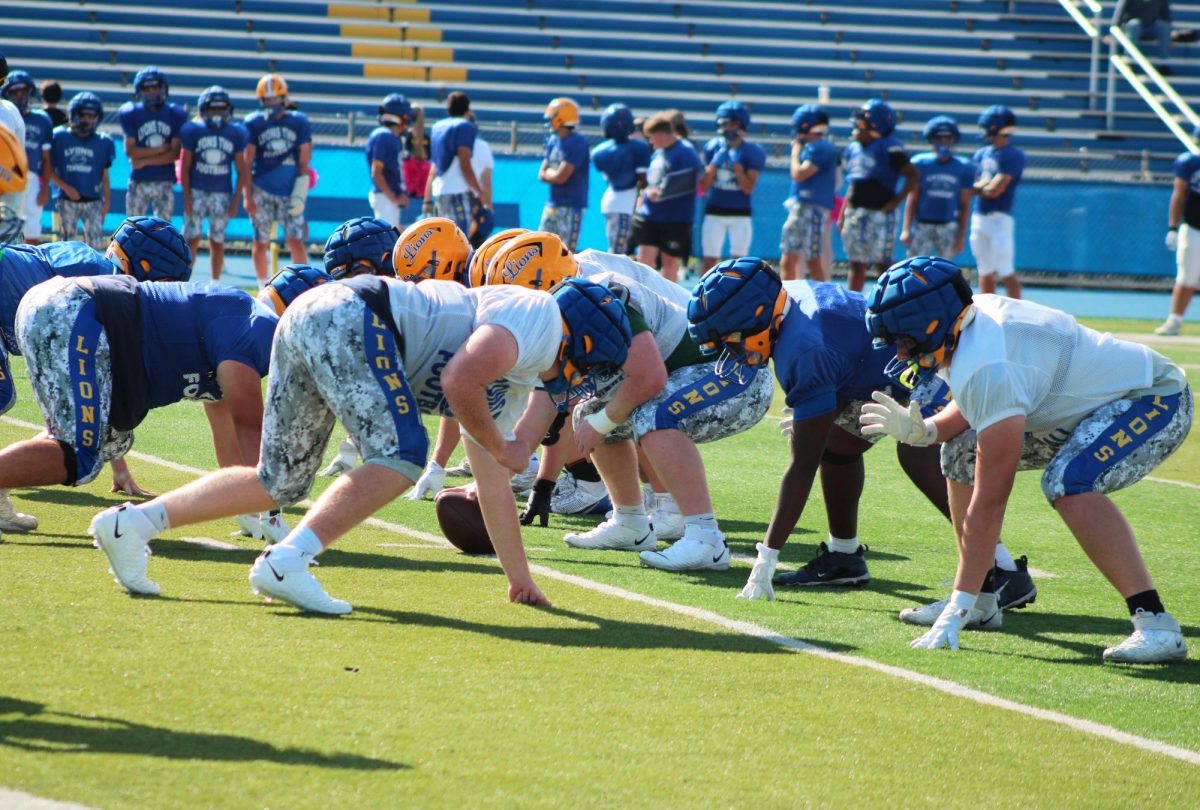

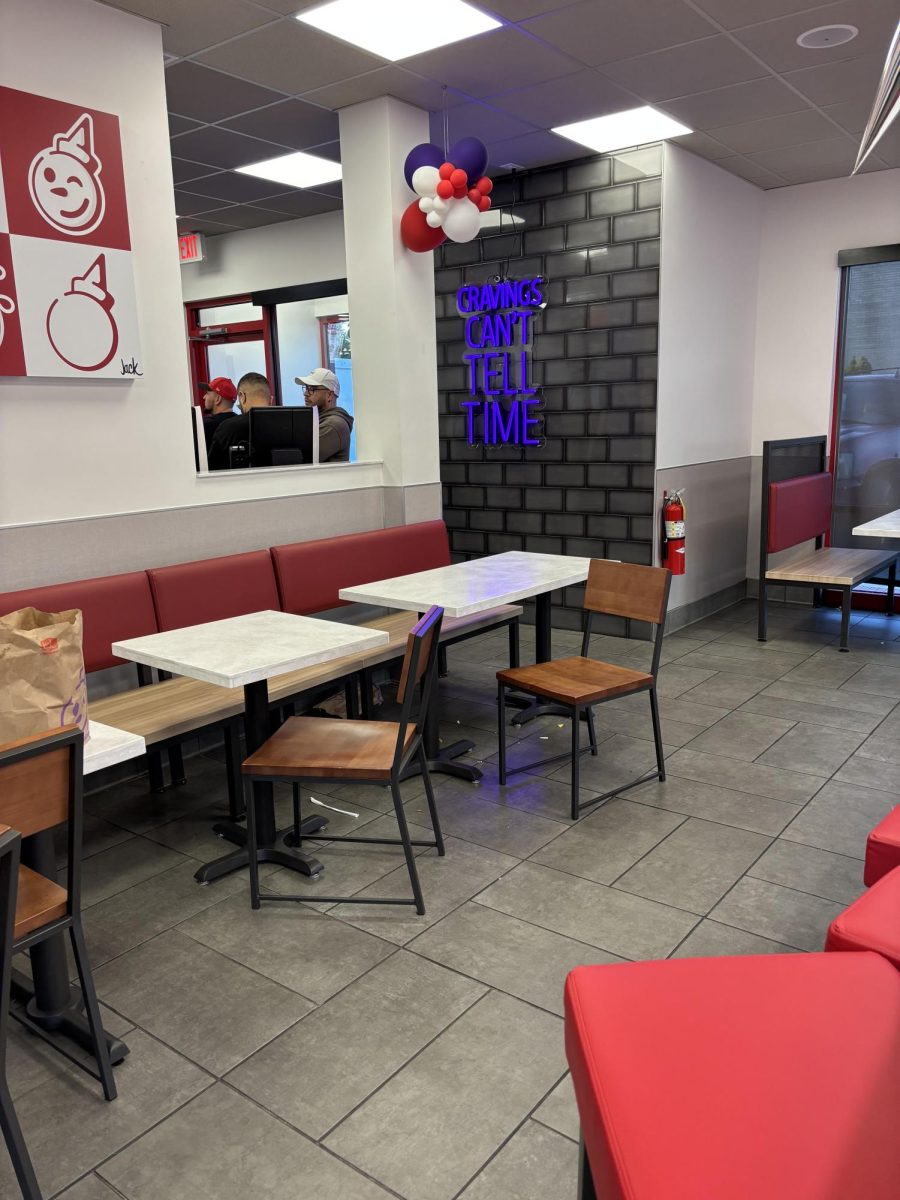


![Movie poster for '[Rec]" (2007).](https://www.lionnewspaper.com/wp-content/uploads/2023/04/rec-640x900.jpg)


